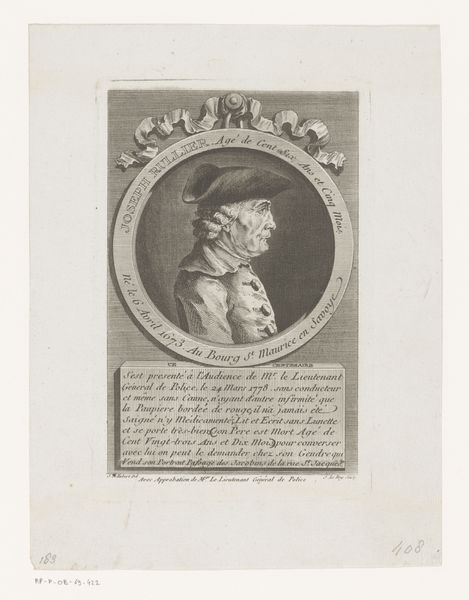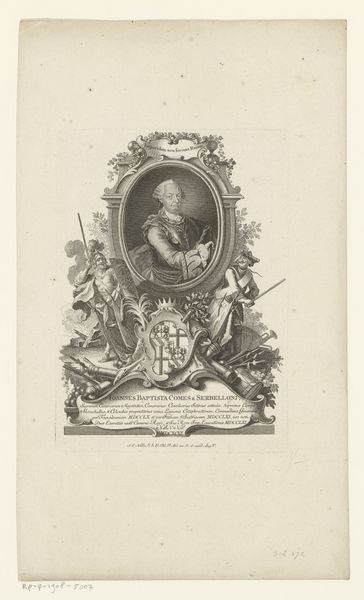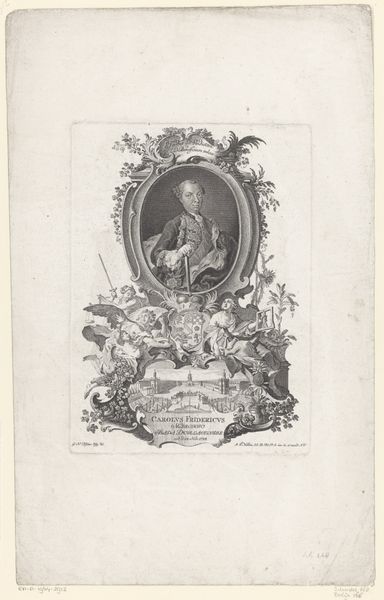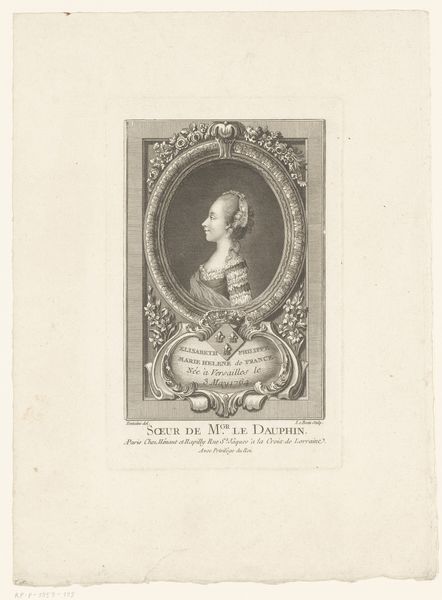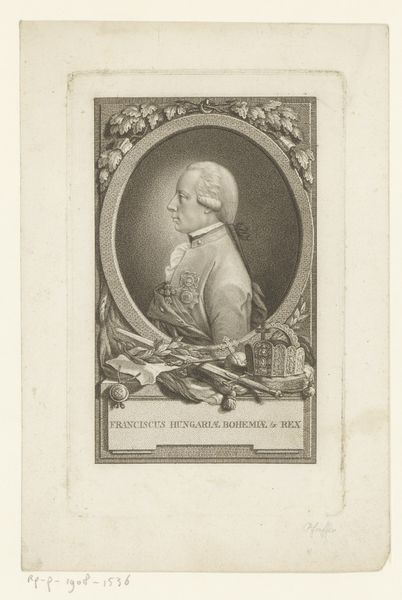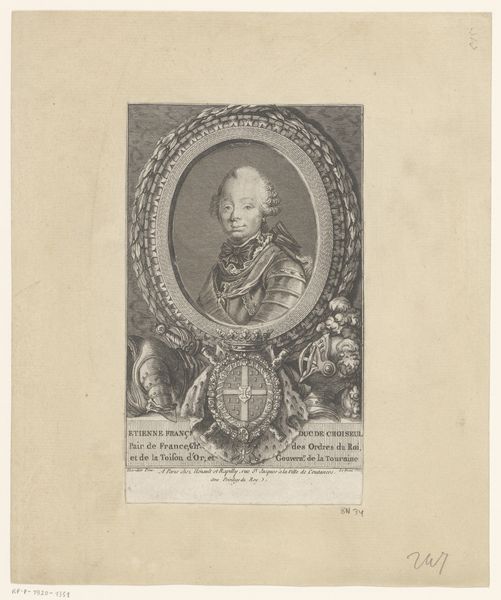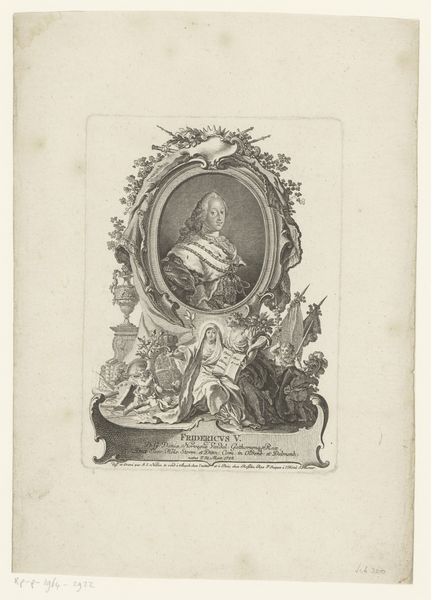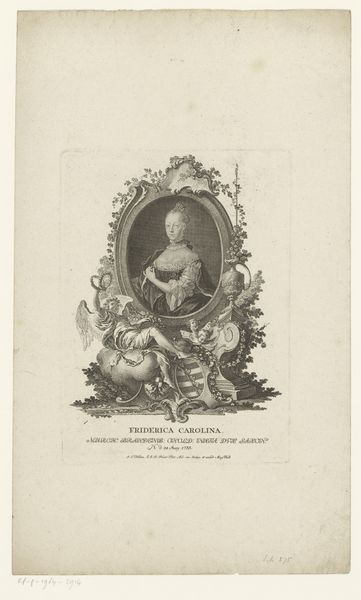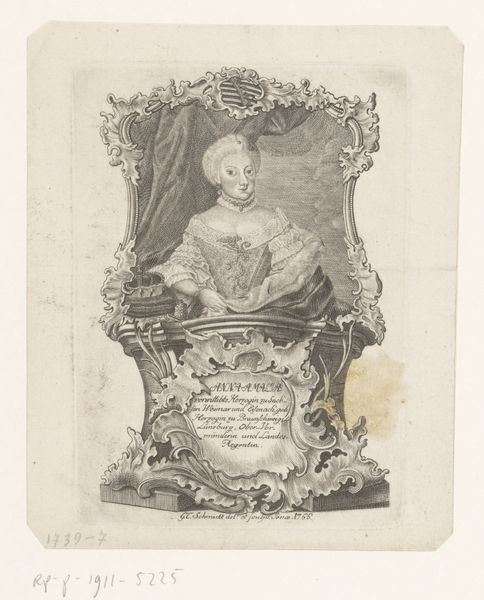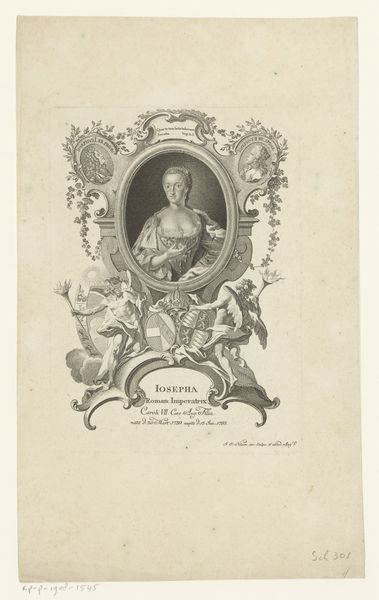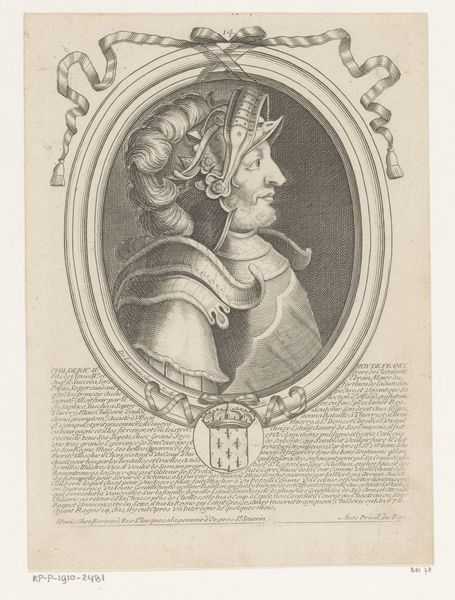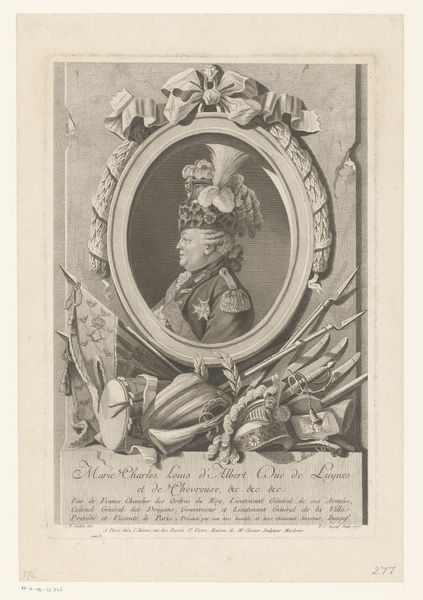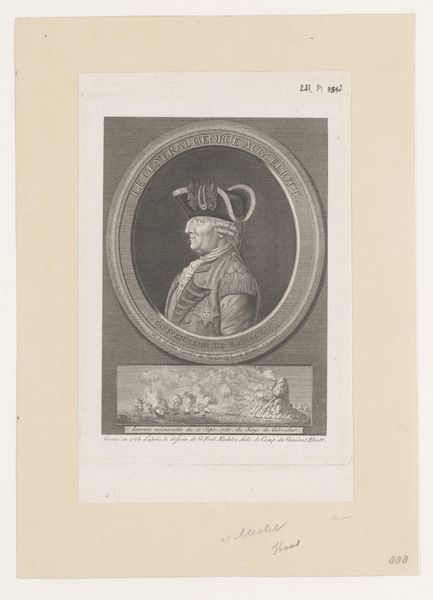
print, etching, engraving
#
portrait
#
neoclacissism
# print
#
etching
#
engraving
Dimensions: height 196 mm, width 127 mm
Copyright: Rijks Museum: Open Domain
Curator: This is a print depicting "Portret van Jan Andries vander Mersch" created between 1790 and 1816 by Jean-Joseph Durig. It's an engraving and etching, currently held in the Rijksmuseum collection. Editor: My first impression? Dignified, almost stern. It's interesting how this medium creates such a formal atmosphere. The texture itself feels rather...official, wouldn't you say? Curator: Absolutely. Consider the emblems that surround the central portrait. The arrangement feels intentionally classical; Durig utilizes the imagery of honor and order through that. This symbolism represents vander Mersch’s role. Note the inscription and other accompanying items suggesting authority. Editor: Right. But think about the labor involved. The precision demanded by the etching and engraving process…It’s quite physical and repetitive work. Someone was meticulously transferring this image onto the metal plate, creating a matrix that could produce multiples of this important figure, and the labor must have had very particular societal class dimensions. Curator: Precisely. Prints allowed for wider circulation of images of authority and status. Each element of the composition is crafted to communicate power. His gaze is directed purposefully, his uniform speaks of rank. Editor: And the paper itself becomes part of that story! The texture of the paper, the consistency of the ink – these are materials that had to be acquired, prepared, and distributed. The material speaks of access, to some extent, who owned them, and the potential that these portraits were viewed with political alignment of sort. It suggests much broader socio-political currents to consider in relation to this subject matter! Curator: An interesting contrast with other Neoclassical artworks focusing on painting and sculpture. Here, the materials subtly reinforce a theme. The use of print connects it directly to ideas of civic responsibility. It makes me wonder who exactly purchased the prints of this artwork in 1790? Editor: And it’s interesting how an artistic print process that we’d label as a "medium" would influence social status! Both art and materials worked together. That in turn could influence one’s perception, depending on your background and life experience. The possibilities…it’s fascinating!
Comments
No comments
Be the first to comment and join the conversation on the ultimate creative platform.
